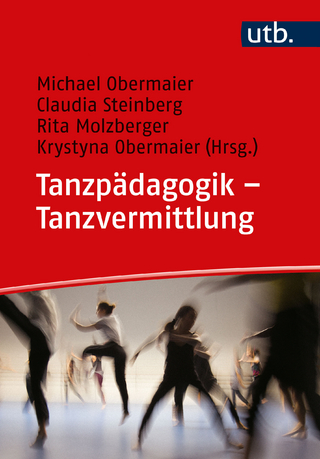
Popular Film and Television Comedy
Seiten
1990
Routledge (Verlag)
978-0-415-04692-3 (ISBN)
Routledge (Verlag)
978-0-415-04692-3 (ISBN)
How is comedy related to its institutional context? Neale and Krutnik, in this wide-ranging discussion of the genre, propose that comedy always involves deviation from aesthetic and cultural conventions and norms.
Steve Neale and Frank Krutnik take as their starting point the remarkable diversity of comedy's forms and modes - feature-length narratives, sketches and shorts, sit-com and variety, slapstick and romance. Relating this diversity to the variety of comedy's basic conventions - from happy endings to the presence of gags and the involvement of humour and laughter - they seek both to explain the nature of these forms and conventions and to relate them to their institutional contexts. They propose that all forms and modes of the comic involve deviations from aesthetic and cultural conventions and norms, and, to demonstrate this, they discuss a wide range of programmes and films, from Blackadder to Bringing up Baby, from City Limits to Blind Date, from the Roadrunner cartoons to Bless this House and The Two Ronnies. Comedies looked at in particular detail include: the classic slapstick films of Keaton, Lloyd, and Chaplin; Hollywood's 'screwball' comedies of the 1930s and 1940s; Monty Python, Hancock, and Steptoe and Son. The authors also relate their discussion to radio comedy.
Steve Neale and Frank Krutnik take as their starting point the remarkable diversity of comedy's forms and modes - feature-length narratives, sketches and shorts, sit-com and variety, slapstick and romance. Relating this diversity to the variety of comedy's basic conventions - from happy endings to the presence of gags and the involvement of humour and laughter - they seek both to explain the nature of these forms and conventions and to relate them to their institutional contexts. They propose that all forms and modes of the comic involve deviations from aesthetic and cultural conventions and norms, and, to demonstrate this, they discuss a wide range of programmes and films, from Blackadder to Bringing up Baby, from City Limits to Blind Date, from the Roadrunner cartoons to Bless this House and The Two Ronnies. Comedies looked at in particular detail include: the classic slapstick films of Keaton, Lloyd, and Chaplin; Hollywood's 'screwball' comedies of the 1930s and 1940s; Monty Python, Hancock, and Steptoe and Son. The authors also relate their discussion to radio comedy.
Steve Neale and Frank Krutnik both lecture in Film Studies at the University of Kent at Canterbury.
Introduction 1 Section 1 1 Definitions, genres, and forms 2 Comedy and narrative 3 Gags, jokes, wisecracks, and comic events 4 Laughter, humour, and the comic 5 Verisimilitude Section 2 6 Hollywood, comedy, and The Case of Silent Slapstick 7 The comedy of the sexes Section 3 8 Comedy, television, and variety 9 Broadcast comedy and sit-com
| Erscheint lt. Verlag | 31.5.1990 |
|---|---|
| Reihe/Serie | Popular Fictions Series |
| Verlagsort | London |
| Sprache | englisch |
| Maße | 138 x 216 mm |
| Gewicht | 408 g |
| Themenwelt | Kunst / Musik / Theater ► Theater / Ballett |
| Sachbuch/Ratgeber ► Sport ► Tanzen / Tanzsport | |
| Geisteswissenschaften ► Geschichte | |
| Sozialwissenschaften ► Kommunikation / Medien ► Medienwissenschaft | |
| ISBN-10 | 0-415-04692-0 / 0415046920 |
| ISBN-13 | 978-0-415-04692-3 / 9780415046923 |
| Zustand | Neuware |
| Haben Sie eine Frage zum Produkt? |
Mehr entdecken
aus dem Bereich
aus dem Bereich


